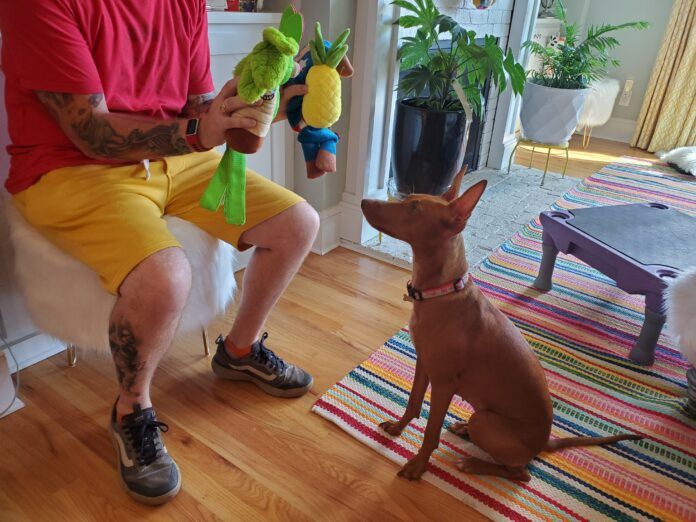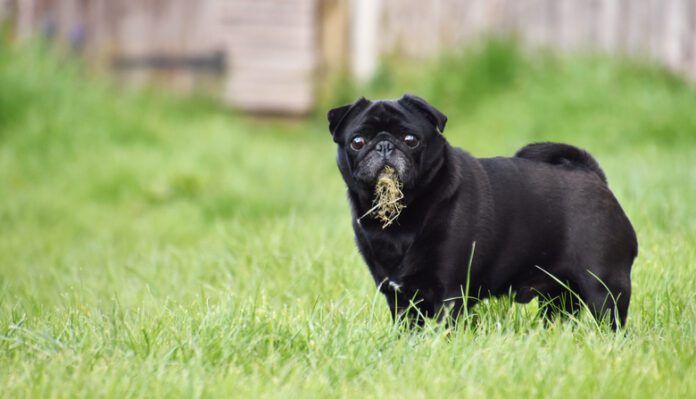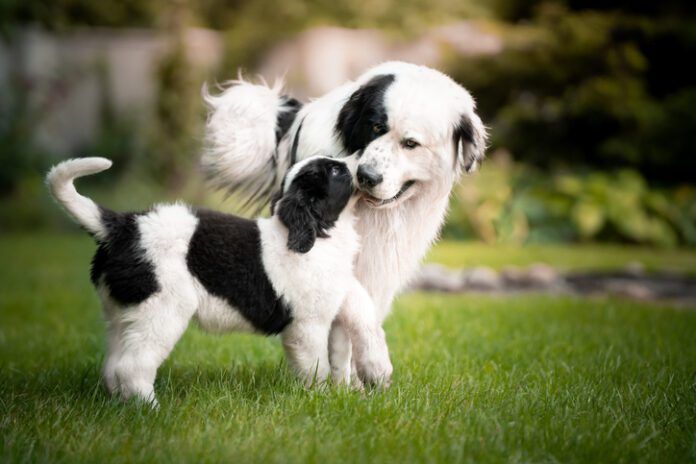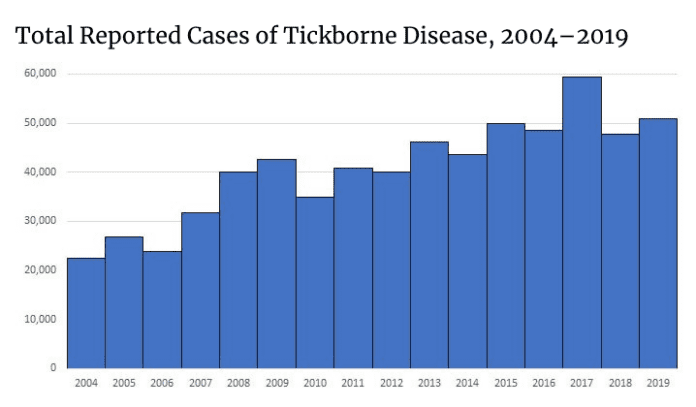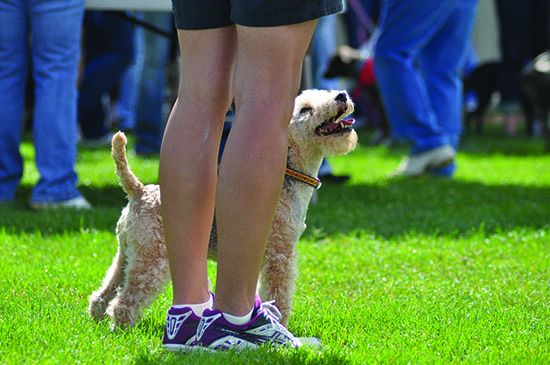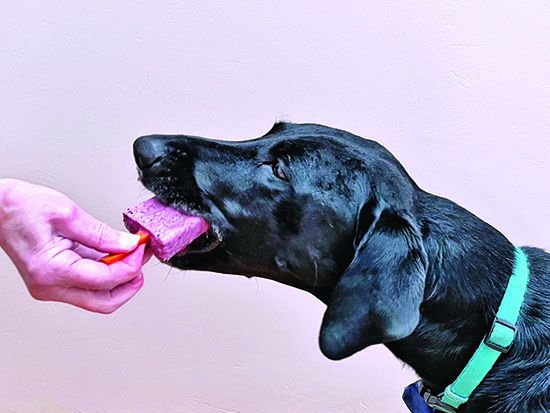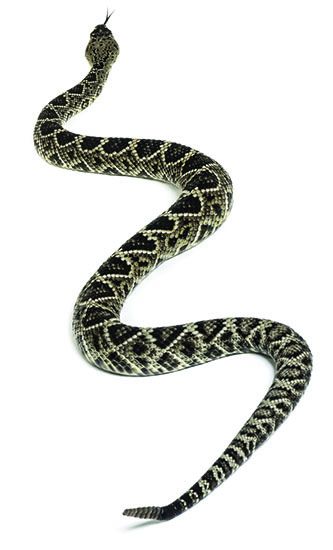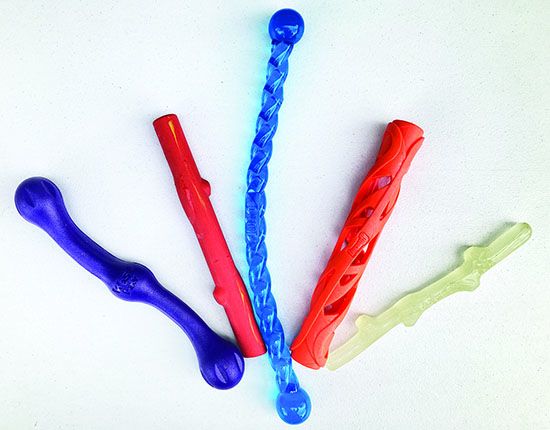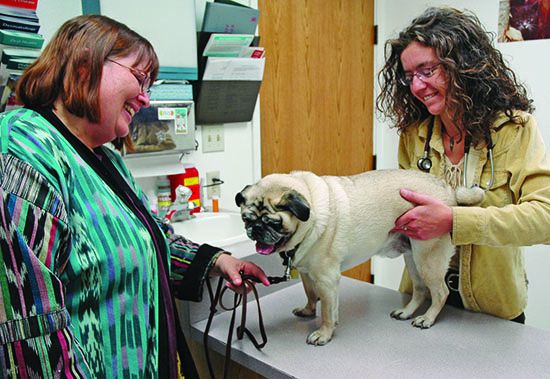Vomiting is one of the most common reasons that dogs are brought to the vet. That’s probably because there are hundreds of things that make dogs vomit. But that’s for your veterinarian to figure out; what you need to figure out is when your dog should see the vet and when you can try to handle your dog’s vomiting at home.
For purposes of this discussion, I’m talking about acute vomiting, meaning it started suddenly and is not usual for the patient. I’m not going to discuss chronic vomiting that’s been going on for awhile and is presumably already being addressed by some sort of treatment plan.
I’m also not talking about regurgitation. This is a completely different problem, with its own list of differential diagnoses. Regurgitation is caused by esophageal problems and neuromuscular disease. In contrast, vomiting is caused by stomach and upper gastrointestinal (GI) issues, or nausea due to other diseases, toxins, or medications.
How do you tell the difference between vomiting and regurgitating? You can’t differentiate between them based only on found evidence; the expelled material can look similar for both. To know which is which, you have to witness the event: Vomiting is a more forceful ejection of stomach contents, usually involving retching and abdominal heaving. Vomiting is frequently preceded by signs of nausea, such as lip licking and drooling.
In contrast, regurgitation is a passive, spontaneous event, during which the contents of the pharynx (back of the throat), esophagus, and stomach just roll out of the dog effortlessly and with no associated signs of nausea.
The level of concern warranted by a single vomiting event in an otherwise healthy dog depends on a few things, including the dog’s age, overall attitude and demeanor, and whether there are additional symptoms.
Puppy Vomiting
It always warrants more concern when puppies vomit, as they can dehydrate quickly and suffer from low blood sugar events.
The important questions to answer for vomiting puppies are:
- Vaccination status – Current? Are they done with the puppy series or overdue for vaccines?
- Has the puppy had adequate dewormings and a negative fecal?
- Has the puppy had exposure to sick dogs?
- Is there any possibility that the puppy ate something he shouldn’t have?
- Is he acting happy and normal (beyond the vomiting)?
Any vomiting puppy who is acting depressed, lethargic, in pain, or weak should be seen by a veterinarian right away. Similarly, if there are other symptoms like trouble breathing or watery and/or bloody diarrhea you should get to the vet as soon as possible.
If your vomiting puppy is acting normal, is current on vaccinations, has been adequately dewormed, has been continuously supervised, and has had no exposure to sick dogs, you may be in a position to try the first-aid tips below.

First Aid for Dog Vomiting
If your dog is bouncing around like usual, full of energy, and has no bowel issues associated with the vomiting, you are definitely in a position to try a little first aid and see if you can get away without a veterinary visit, should you so choose. (But what I just said about depressed, lethargic, or weak puppies goes for adults, too: If an adult dog is vomiting and lethargic, and has other symptoms as well, get to a vet!)
The first thing you do is pick up all the food and water. Nauseous dogs seem to think if they drink water it will settle their stomachs, but it doesn’t; it just makes them vomit all the more. Regardless of what has caused the digestive upset, the stomach needs some time to settle and the nausea needs time to pass.
I recommend nothing by mouth – no food or water – for 4 to 6 hours. If there has been no vomiting during that time, you can start offering a small amount of water (small dog: 1 tablespoon; medium dog: ¼ cup; large dog: ½ cup). If they drink it, wait 30 minutes to make sure it’s not coming back up. (Toy-breed puppies and pups less than 6 weeks should not be fasted; for larger pups from 6 weeks to 12 weeks old, reduce the fasting times given here by half.)
If they keep that down, you can offer this small amount of water every 30 minutes, and gradually increase the amount offered each time until eventually you can leave a bowl down without risk of them trying to guzzle it. If your dog cannot hold water down during this process, it’s time to see the vet.
If your dog holds the water down, wait at least 4 to 6 more hours before offering food. Bland, easily digestible food may help. A home-cooked recipe is boiled chicken or boiled hamburger (pour all the fat off), mixed with plain white rice, 4 parts rice to 1 part meat. As with the water, offer only small amounts about 3 to 4 hours apart (small dog: 1 tablespoon; medium dog: ¼ cup; large dog: ½ cup).
If the first couple of meals stay down, you can increase the meal size and decrease the frequency as you go along. If your dog cannot hold food down during this process, it’s time to see the vet. If all goes well, make a gradual transition to his regular diet over 2 to 3 days.
Now you’re probably wondering, but what if something bad is going on and I wait too long? If you follow these first-aid tips, you won’t wait too long. If something bad is going on, your dog will either start showing more signs of malaise, and/or continue vomiting, and off to the vet you go.
Common Causes of Vomiting
Here are some examples of possibly not-so-bad things that might cause simple dog vomiting:
- Got into the cat’s food
- Ate part of a dead bunny
- Consumed too much grass
- Spent the weekend with your in-laws eating god knows what
- Took off during your daily hike and came back smelling like something awful, some of which he probably ate
- Overindulged in deer-poop snacks
Here are some examples of bad things that might cause dog vomiting:
- Chewed up a bottle of ibuprofen
- Was chewing on a tennis ball and now you can only find a small piece of it
- Got into the garbage with food and bones in it
- Chewed up a bag of raisins
- You can’t find the bag of grapes you left on the counter – and you live alone
- You can’t find your favorite socks or underwear
- You saw him swallow your favorite socks or underwear
- You left him unsupervised with a rope toy and now it’s a pile of yarn
- He ate the pound of butter he found in the grocery bag you left on the floor
- Medical issues: pancreatitis, kidney disease, liver disease, Addison’s disease, severe allergic reactions, bowel blockages, cancer, etc.
When To Take Your Dog to the Vet for Vomiting
When you’ve gone through the first aid steps and your dog isn’t showing signs of improvement, the vet is the next step. What is your veterinarian going to do when you show up with your vomiting dog? A physical exam, for sure. From there, it depends on your dog’s history, signalment, and physical exam findings.
Young dogs are notorious for eating what I like to call “dumb stuff,” so your vet may want to do an x-ray to make sure there aren’t rocks, batteries, coins, baby binkies, or a golf ball in there. Socks and underwear are trickier to see on an x-ray, but sometimes obvious enough. X-rays are also indicated for any vomiting dog with a painful abdomen, as there may be an intestinal obstruction.
Older dogs, while less likely to eat “dumb stuff,” have a higher likelihood of systemic disease, so your veterinarian may want to do diagnostics like bloodwork and urinalysis.
If everything checks out okay, and all the bad stuff is ruled out, your veterinarian can administer an extra level of first-aid in the form of anti-nausea and/or anti-vomiting medications. Maropitant (Cerenia, made by Zoetis) is an effective anti-vomiting medication that can be given by injection and lasts for 24 hours. Ondansetron (Zofran, made by Novartis) works well for nausea and can also be given by injection at the veterinary clinic. If your dog shows any signs of dehydration, fluid and electrolyte support can be administered subcutaneously (under the skin) on an outpatient basis.
Better Safe Than Sorry
As previously stated, there may be occasions where you can safely help your dog through a simple digestive upset. If, however, there is any doubt, uncertainty, or question, it’s always best to see your veterinarian. The goal is always to get your canine companion feeling better as quickly as possible.


